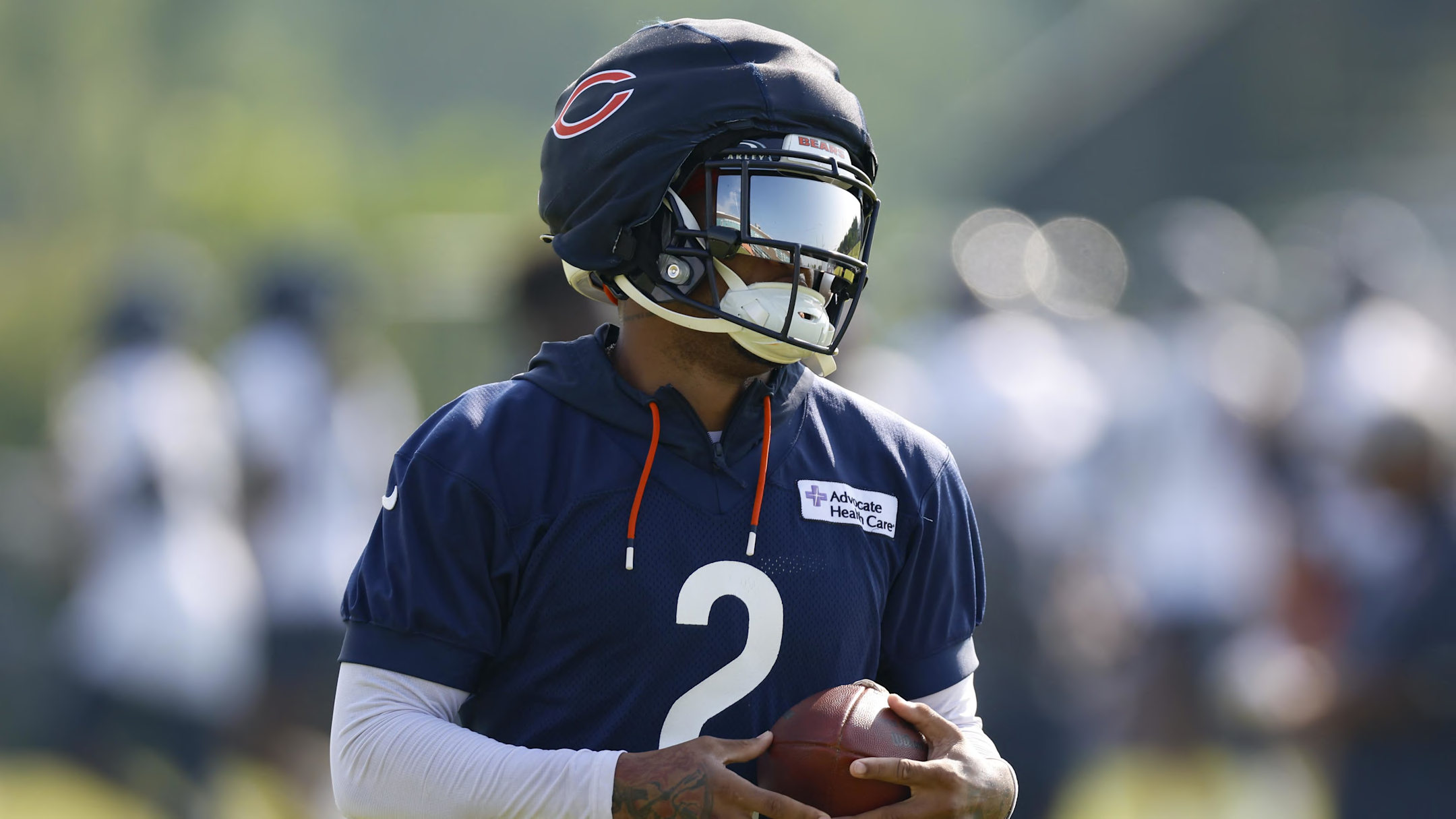If there's one hallmark of Chicago Bears head coach Ben Johnson's offense, it's that opposing defenses never know what they're going to get on a play even as it unfolds.
Like every playcaller, Johnson has overall tendencies. A balanced run and passing attack. Heavy use of play action. The third-highest rate of 12-personnel usage. And of course, trick plays.

Even with these clues, what gives defenses fits is his elite combination of deception from play design to play sequencing and the next-level adaptability he's built into every play. That's a big driver of how the Lions offense was able to lead the NFL in points per game (33.1) and rank second in yards per game (415.7) last season.
A key to this is his offensive philosophy of multiplicity—designing plays so that the same things look different and different things look the same. It allows his offense to attack from a variety of formations and concepts, making it challenging for defenses to diagnose.
Johnson spoke about multiplicity and adaptability in his first press conference as Bears head coach. He also talked about it in the clip below from last November.
Another philosophy central to his offense is designing it to exploit the unique strengths of each player, sometimes beyond their core role on the roster.
- Players naturally buy in and give higher effort when they are put in more positions with a higher probability to succeed.
- Johnson also balances getting the ball into the best playmakers' hands with distributing the ball in an unpredictable way to better exploit matchups.
- Spreading the touches and targets around adds to the unpredictability and also drives more collective effort, as it's not just the same few players always touching the ball.
- That's why the Bears drafted two more elite pass-catching targets, tight end Colston Loveland and wide receiver Luther Burden III, to complement wide receivers DJ Moore and Rome Odunze along with tight end Cole Kmet.
Success for both of these philosophies is being able to sell the unpredictability in advance so that defenses are a little less aggressive as they diagnose and react to the play. Those split seconds are often the difference in more receivers getting open or the running back's ability to hit the gap with daylight ahead versus linebackers ready to pounce in the box.
To do that, you need to use players differently than expected—and in a way that leverages their strengths—to keep defenses honest. It has to not only be a credible threat, but one that if the trigger is pulled can legitimately inflict damage.
That's exactly why wide receiver DJ Moore lined up as a running back on some of the snaps in training camp.
Here's why threatening and occasionally handing off to Moore out of the backfield is a savvy move by Johnson.
1. Moore was third in the NFL in yards after catch last season (588 yards) with 4.2 YAC/target. A big reason was his 17.0% juke rate which was fourth among wide receivers. His excellent running skills, along with his 4.42 speed, can be a dangerous combination behind a much-improved offensive line that will create bigger holes and provide better run blocking out in front of rushers.
2. Moore can just as easily carry the ball, be targeted on a screen, or be a great checkdown option for Williams. In 2024, Williams had a 98.5 passer rating targeting Moore behind the line of scrimmage and 107.1 on short passes less than 10 yards.
3. It also gives Johnson an explosive player with the ball in his hands more. On a team that only had a 6.5% explosive run rate (28th) in 2024, that is much needed.
4. Using wide receivers out of the backfield is a supplemental strategy for a running back room that doesn't have a great explosive back on the roster. As we saw with running back D'Andre Swift last season, he's got explosive traits but his hesitancy to turn up field, challenges turning slivers of light into holes, and the NFL-worst yards after contact per carry didn't generate enough explosive plays on the ground.
5. I do believe that while Moore will line up as a running back on occasion, I predict more often it will be wide receiver Luther Burden III. Burden has similar elusiveness and explosive play ability as Moore and has experience at Missouri in running the ball, several times for touchdowns.
I anticipate that Johnson plans to use Burden as a high-end Swiss Army knife, moving him all over the field similar to how he did with running back Jahmyr Gibbs in Detroit. While I believe Burden will get more targets than carries, I could foresee him in the backfield a few snaps every game.
5. Regardless if the wide receiver is a decoy in the backfield, that has power too.
Of course, Moore will be deployed primarily as a receiver, doing what he does best. What that looks like will be different. Johnson has hinted that he plans to use Moore in new ways in this year's offense. He's a talented chess piece that Johnson will optimize and move around his board.
Defenses beware.

-1754790065-q80.webp)
-1749527088-q80.webp)
-1754038433-q80.webp)